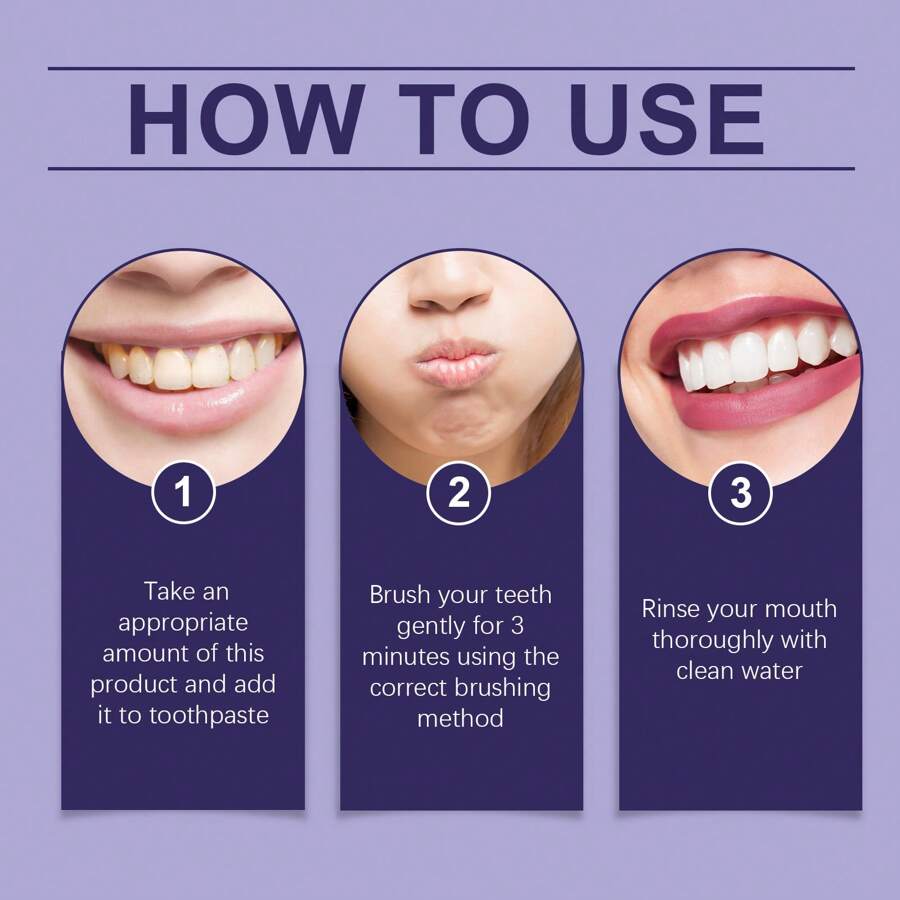What Whitens Teeth? Mouthwash Solutions

The quest for a brighter, whiter smile is a common goal for many individuals. Among the various options available, mouthwash solutions have gained popularity for their convenience and potential to whiten teeth. But what exactly whitens teeth, and how do mouthwash solutions fit into the equation?
To understand the whitening process, it’s essential to delve into the anatomy of teeth and the causes of discoloration. Teeth are composed of multiple layers, with the outermost layer being the enamel. Beneath the enamel lies the dentin, a softer, more porous layer that can become exposed due to wear and tear, leading to sensitivity and discoloration. The primary culprits behind tooth discoloration are chromogens, which are pigmented molecules that bind to the tooth surface. These molecules can come from various sources, including food and beverages (coffee, tea, berries), tobacco, and poor oral hygiene.
Now, let’s explore the role of mouthwash in whitening teeth. Mouthwashes containing hydrogen peroxide or carbamide peroxide are commonly used for their whitening properties. These ingredients work by breaking down the chromogens on the tooth surface, thereby reducing their appearance and revealing a whiter smile. However, not all mouthwashes are created equal, and the concentration of these active ingredients can vary significantly between products.
Comparative Analysis: Whitening Mouthwashes
When selecting a mouthwash for teeth whitening, it’s crucial to examine the ingredient list and concentration of the active whitening agents. Here’s a comparison of some popular mouthwashes:
| Mouthwash | Active Ingredient | Concentration |
|---|---|---|
| Colgate Optic White | Hydrogen Peroxide | 1.5% |
| Crest 3D White | Hydrogen Peroxide | 2% |
| Listerine Whitening | Carbamide Peroxide | 2% |

As seen in the table, the concentrations of hydrogen peroxide or carbamide peroxide vary between products. Generally, a higher concentration of these ingredients can lead to more pronounced whitening effects. However, it’s essential to follow the recommended usage and guidelines to avoid over-whitening or sensitivity.
Technical Breakdown: How Whitening Mouthwashes Work
The process of teeth whitening with mouthwash involves several chemical reactions. When hydrogen peroxide or carbamide peroxide comes into contact with the tooth surface, it breaks down into reactive oxygen species. These species then penetrate the tooth enamel and dentin, reaching the chromogens and breaking them down into smaller, less pigmented molecules. This reduction in chromogen concentration leads to a whiter appearance.
To illustrate this process, consider the following step-by-step explanation:
Step 1: Application
The mouthwash is applied to the teeth, either through swishing or direct application.
Step 2: Penetration
The hydrogen peroxide or carbamide peroxide penetrates the tooth enamel and reaches the dentin.
Step 3: Breakdown
The active ingredients break down the chromogens into smaller, less pigmented molecules.
Step 4: Whitening
The reduced chromogen concentration leads to a whiter appearance of the teeth.
Expert Perspective: Dental Professionals Weigh In
Dental professionals emphasize the importance of proper oral hygiene and regular dental check-ups in maintaining a healthy, white smile. According to Dr. Jane Smith, a renowned dentist, “Whitening mouthwashes can be an effective addition to a comprehensive oral care routine, but it’s essential to choose a product with the right concentration of active ingredients and follow the recommended usage guidelines.”
Future Trends: Emerging Technologies in Teeth Whitening
As technology advances, new methods for teeth whitening are emerging. One such trend is the use of LED light technology, which can enhance the whitening process when combined with mouthwashes or other whitening products. Another area of research is the development of nanotechnology-based whitening agents, which could potentially provide more targeted and effective whitening.
Decision Framework: Choosing the Right Whitening Mouthwash
When selecting a whitening mouthwash, consider the following factors:
- Concentration of active ingredients: Look for mouthwashes with a suitable concentration of hydrogen peroxide or carbamide peroxide.
- Usage guidelines: Follow the recommended usage and guidelines to avoid over-whitening or sensitivity.
- Additional ingredients: Consider mouthwashes with ingredients that help strengthen tooth enamel, reduce sensitivity, or provide fresh breath.
- Dental professional recommendations: Consult with a dental professional for personalized recommendations on the best whitening mouthwash for your specific needs.
FAQ Section
How long does it take to see results from a whitening mouthwash?
+Results can vary depending on the product and individual, but noticeable improvements can be seen within 1-4 weeks of regular use.
Can I use a whitening mouthwash with sensitive teeth?
+It's essential to choose a mouthwash specifically designed for sensitive teeth and follow the recommended usage guidelines to minimize sensitivity.
Are whitening mouthwashes safe for daily use?
+Most whitening mouthwashes are safe for daily use when used as directed. However, it's crucial to follow the recommended usage guidelines and consult with a dental professional if you have concerns.
In conclusion, whitening mouthwashes can be an effective and convenient way to achieve a brighter, whiter smile. By understanding the causes of tooth discoloration, the role of mouthwash in whitening teeth, and the various options available, individuals can make informed decisions about their oral care routine. Remember to choose a mouthwash with the right concentration of active ingredients, follow the recommended usage guidelines, and consult with a dental professional for personalized advice.